A U.S. federal judge on Friday handed down a ruling allowing non-practicing entity MobileMedia Ideas to move forward with a suit against Apple's alleged violating a screen rotation patent, and said it's up to a jury to decide whether the iOS solution is in infringement.
Judge Sue Robinson of the U.S. District Court for the District of Delaware, denied Apple's attempt to have the case thrown out, reports CNET, meaning the so-called patent troll can proceed with a jury trial regarding the screen rotation patent.
At issue is Apple's alleged infringement of U.S. Patent No. 6,441,828 for an "Image display apparatus" which broadly defines a method of changing the orientation of an image on a portable device based on a specific set of factors. Most of the patent describes the basic idea of changing a screen's output from portrait mode to landscape, though it does go into some detail on how the feat could be accomplished.
While some embodiments focus on manually changing the orientation, a feature absent in iOS devices, there is one claim that stands out as being very similar to Apple's solution.
Claim 6 of the '828 patent reads:
[…]means for determining a direction in which an image of the image signal is to be displayed on the image displaying means according to a posture in which the apparatus is placed and information on a direction in which an image of the image signal is to be displayed read from the recording medium.
In its attempts to have the case thrown out, Apple cited prior art, including U.S. Patent No. 6,563,535, which outlines a method for keeping the image on a device's display "upright" in any orientation.
Flowchart showing the '828 patent's procedure of operations.Adding to the complexity of the case is MobileMedia Ideas itself, a company jointly owned by Sony, Nokia and MPEG LA, the latter being a licenser of patents for MPEG standards. The '828 patent at the heart of today's ruling was filed by Sony in 1999 and looks to be in relation to technology for a digital picture frame.
The non-practicing entity holds over 300 patents relating in some form to almost all modern consumer electronics. In 2010, MobileMedia Ideas announced it would be licensing properties from its patent portfolio for "smart phones, mobile phones and other portable devices including personal computers, laptops, netbooks, personal media players, e-book readers, cameras and hand-held game consoles." In that same year, Apple was hit with the Delaware complaint, with MobileMedia Ideas claiming violation of 18 patents.
Since the first iOS device was release with the original iPhone in 2007, all products in the line have featured automatic screen orientation capabilities.
 Mikey Campbell
Mikey Campbell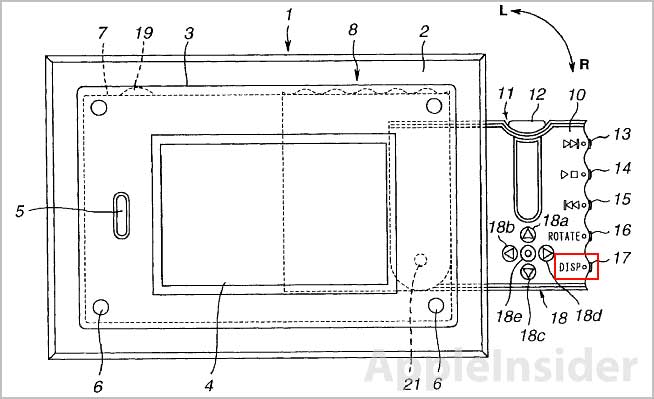
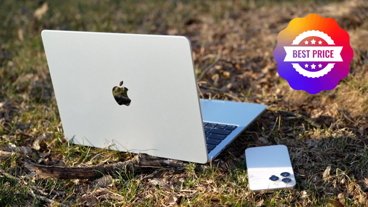
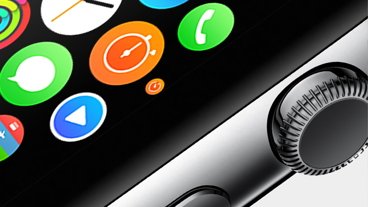

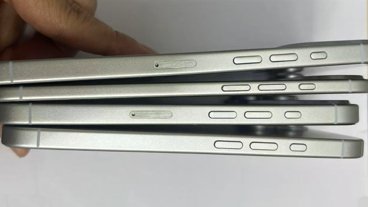



-m.jpg)






 Wesley Hilliard
Wesley Hilliard
 Amber Neely
Amber Neely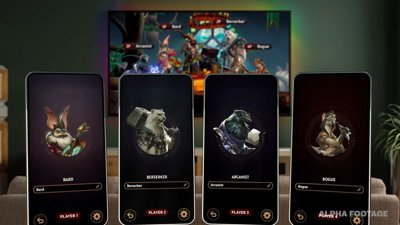
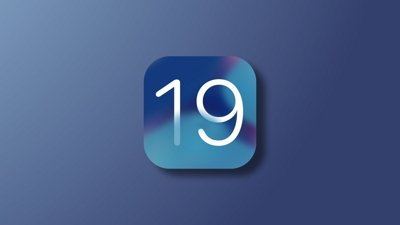
 Malcolm Owen
Malcolm Owen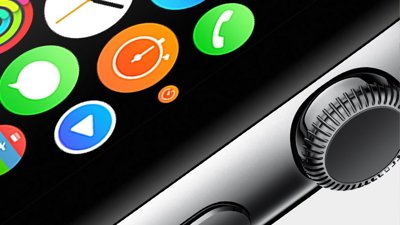
 William Gallagher
William Gallagher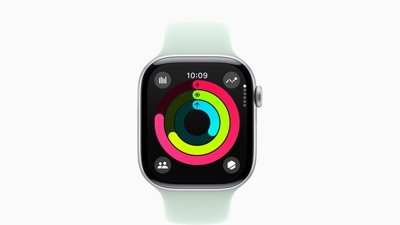
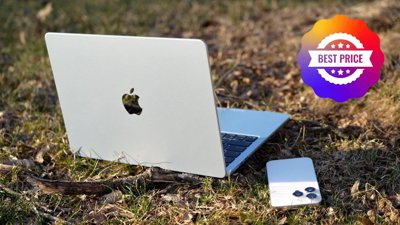
 Christine McKee
Christine McKee

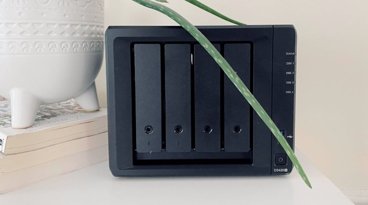



-m.jpg)



29 Comments
Another $1 per iPhone/iPad license.
Does Window 8 have auto screen rotation?
Parasites
I still have an old Apple grey-level screen (hiding in the basement). Used to connect it to my old MacII SI. The screen had two orientations landscape and portrait. Flip the screen and the image flipped to maintain the correct horizon. Was one of the first whole-page screens I ever used. That has to be close to 20 years ago. I wonder why the judge rejected the "prior art".
I still have an old Apple grey-level screen (hiding in the basement). Used to connect it to my old MacII SI. The screen had two orientations landscape and portrait. Flip the screen and the image flipped to maintain the correct horizon. Was one of the first whole-page screens I ever used. That has to be close to 20 years ago. I wonder why the judge rejected the "prior art".
I was wondering about those old "flip" monitors as well.